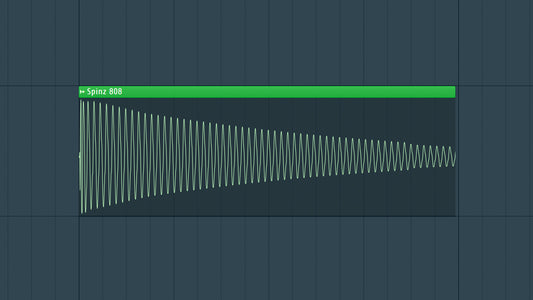Introduction
The Circle of Fifths was one of the first music production tools tools I learned, and guided me through the complexities of harmonies and key relationships. Whether you're a seasoned composer or a budding musician, understanding the Circle of Fifths is akin to unlocking a secret code to the language of harmony. In this blog, we'll dive into the essence of the Circle of Fifths, unraveling its significance and demystifying its role in the world of music.
FREE DOWNLOAD: 20+ SAMPLE PACKS FOR EVERY GENRE

What is the Circle of Fifths?
The Circle of Fifths is a circular diagram that organizes the twelve pitches of the chromatic scale based on perfect fifths. Starting with any pitch, the Circle of Fifths proceeds clockwise, moving up by fifths, and counterclockwise, moving down by fourths. Each step around the circle represents a change in pitch class or key.
The Structure of the Circle:
- Key Signatures: The outer ring of the Circle of Fifths displays key signatures, indicating the number of sharps or flats in a given key. As you move clockwise, you add sharps, and moving counterclockwise adds flats.
- Major and Minor Keys: Major keys are on the outer side, while their relative minor keys are on the inner side. The relationship between major and relative minor keys is a fundamental concept illustrated by the Circle of Fifths.
- Key Relationships: Adjacent keys in the circle share a close harmonic relationship. For example, C major, with no sharps or flats, is closely connected to G major, which introduces one sharp.
Significance and Applications:
- Key Signature Determination: The Circle of Fifths is a quick reference for determining key signatures. Starting at the top (12 o'clock), each clockwise step adds a sharp, and each counterclockwise step adds a flat.
- Chord Progressions: Progressing around the Circle of Fifths can generate chord progressions. Moving in a sequence of fifths or fourths provides a natural and pleasing harmonic flow.
- Relative Major and Minor Pairs: Identifying relative major and minor keys becomes intuitive. For instance, the relative minor of C major is A minor, located on the inner side of the circle.
- Modulation: The Circle of Fifths is a roadmap for modulation between keys. Transitioning to a key with a similar or related key signature feels smoother and more musically coherent.
- Building Scales and Chords: Understanding the Circle of Fifths aids in constructing scales and chords. It visually represents the relationships between pitches, helping musicians navigate the construction of diatonic scales and chords.
FREE DOWNLOAD: 20+ SAMPLE PACKS FOR EVERY GENRE
Conclusion
The Circle of Fifths serves as a beacon in the complex realm of music theory, offering insights into key relationships, chord progressions, and harmonic structures. As you explore its intricacies, the Circle of Fifths becomes not just a theoretical tool but a dynamic guide that enhances your understanding and appreciation of the harmonic fabric woven into every musical composition. Embrace the circular journey of fifths, and let it harmonize your musical exploration.




